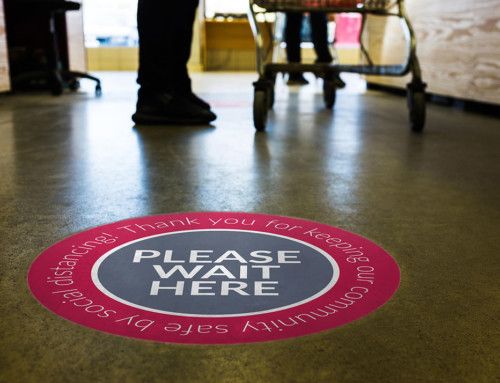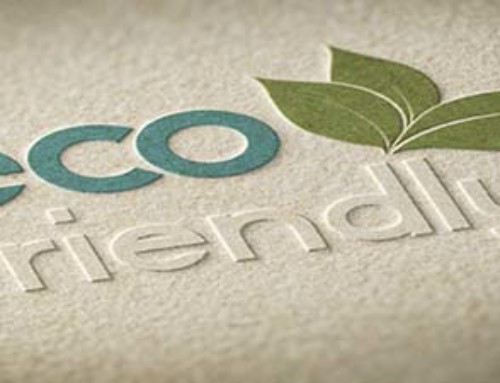Have you ever gone to a store and noticed two products have the same color name but look very different? For example, two paint chips labeled “daffodil” are two different shades of yellow, or two lipsticks called “candy apple” are different reds. This type of situation is the last thing you want to happen to your brand. If two customers see your logo and display differently, you risk generating confusion rather than improving brand recognition.
Thankfully, you can use color matching to ensure your graphics look the same. Perhaps the most famous option is the Pantone Matching System.
The birth of Pantone
A man named Lawrence Herbert recognized the problem of mismatched colors and sought to correct it. Approximately 50 years ago, when Herbert worked as an ink mixer for an ad agency’s printing division, he realized it was difficult to buy the exact shades he needed directly from a manufacturer. Ink colors would vary, despite having the same name, and he had difficulty achieving a consistent outcome.
Herbert realized the world needed a unified color system, one that would guarantee a product had the right color no matter where it was produced. He decided colors were best identified by number instead of name, with each color referring to a specific blend of inks. He showed the idea to manufacturers, and the Pantone Matching System quickly took off.
Pantone is the world’s leading color matching system, and if you haven’t yet used it, then you’re missing a key element of branding basics. In fact, the color system can be used for things other than logo design and printed graphics. According to The New York Times, Pantone Matching System is used to make sure the brownies in a pint of Ben & Jerry’s ice cream look the same, among other things.
“I have matched color charts for wine,” Herbert told news publication. “I matched color charts for anemia blood samples and for walnuts and strawberries and goldfish.”
At its core, Pantone provides consistency across all your printed graphics, and thanks to Mr. Herbert, all brands can now make sure the banner outside, the POP display at the store, the back lit graphic above the door, and the logo on the letterhead all look the same even though they were printed by different companies.



